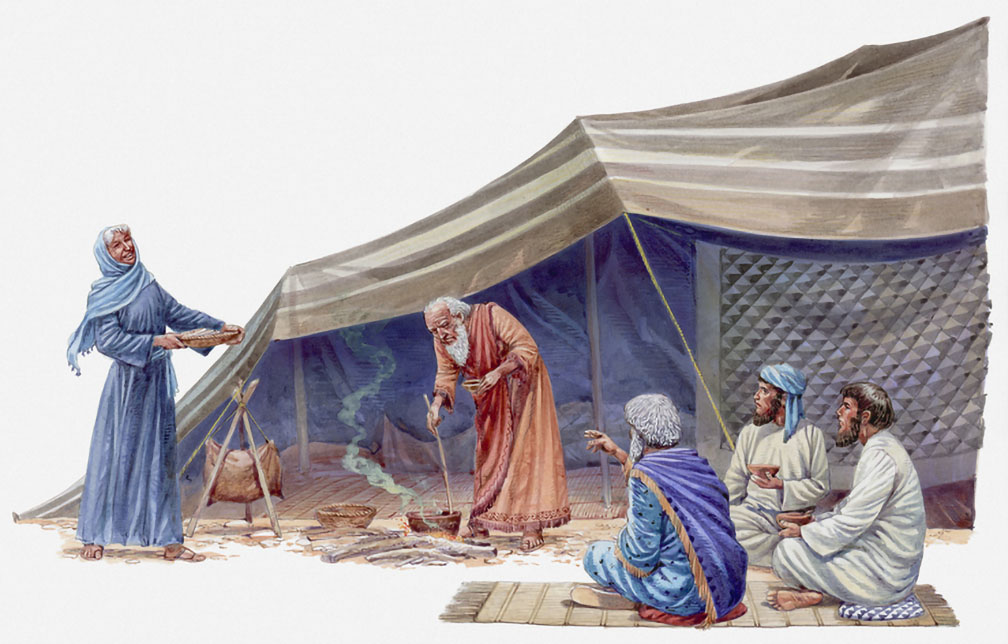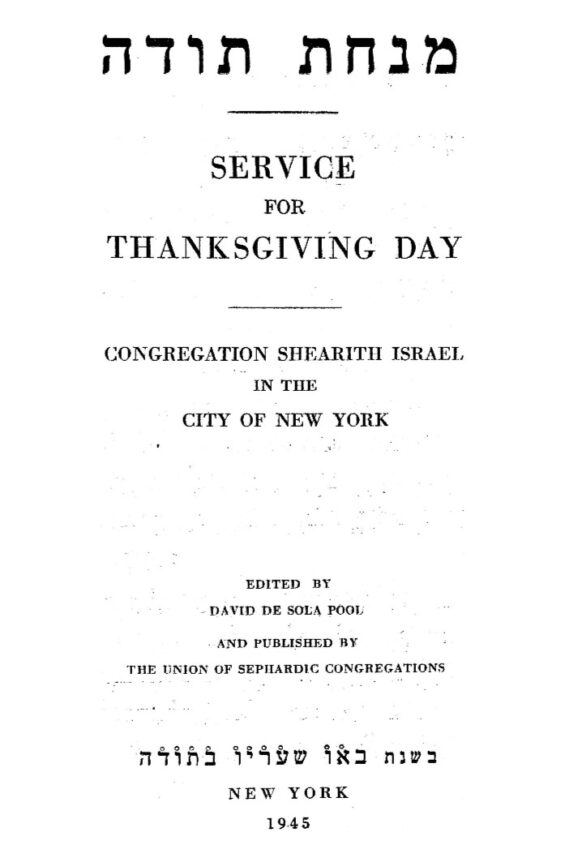Despite Mel Gibson’s solid box office reputation, a major Hollywood studio stepping forward to distribute his $25 million Jesus film "The Passion" is not a certainty. The film falls long after Hollywood’s era of Bible epics and outside the trend of Jesus movies finding safe homes on television (e.g., NBC’s Jesus of "Nazareth" miniseries in 1977 and 1999’s "Jesus" on CBS).
Movie studios release very few historical or period films each year, much less a film like "The Passion," which is in Aramaic and Latin with subtitles. The film’s subject matter — the last 12 hours of Jesus’ life and then death by crucifixion — is hardly the kind of popcorn fare studios want for next April.
In 1965, the $20 million Jesus film "The Greatest Story Ever Told" grossed $8 million at U.S. theaters. And Martin Scorsese’s 1988 "The Last Temptation of Christ" proved that religious controversy does not promise a strong box office. Despite the picketing that surrounded Scorsese’s $7 million film, it grossed less than $8.4 million at U.S. theaters.
However, Monty Python’s $4 million Jesus parody "Life of Brian" earned more than $19 million at U.S. theaters in 1979, and 1999’s controversial $10 million Catholic-themed comedy "Dogma" earned about $30.6 million.
In 1973, theaters unspooled two Jesus movies — "Godspell" and Norman Jewison’s "Jesus Christ Superstar" — but both were produced after enjoying solid Broadway success as popular musicals. Unlike Gibson’s "Passion," the impetus to turn those musicals into films was not religion (or art) but just converting theater revenues into movie grosses. "Superstar" earned $13.2 million but lives on primarily as a traveling musical. (A "Superstar" musical starts a five-day run at the Orange County Performing Arts Center on Sept. 16 and then heads to San Francisco’s Orpheum Theatre.)
The same evangelical Christian movie patrons now eager to see "The Passion" saw a Hollywood breakthrough with 1999’s Christian millennium movie "The Omega Code," which was distributed outside the studio system. Budgeted at $8 million, "Omega’s" $2.3 million opening weekend stunned movie executives, but its final U.S. box office was only $12.6 million (or about half the "Passion" production budget).
In 2001, "Omega Code 2" was released. Like "The Passion," both "Omega" films had solid promotional campaigns in churches and Christian bookstores. But the fall 1999 millennium fever that fueled the first "Omega’s" success did not carry over to "Omega Code 2," which by its fall 2001 release lacked the premillennium cache. Opening 12 days after the Sept. 11 attacks, the $22 million sequel saw U.S. ticket sales at just under $6 million.




















 More news and opinions than at a Shabbat dinner, right in your inbox.
More news and opinions than at a Shabbat dinner, right in your inbox.